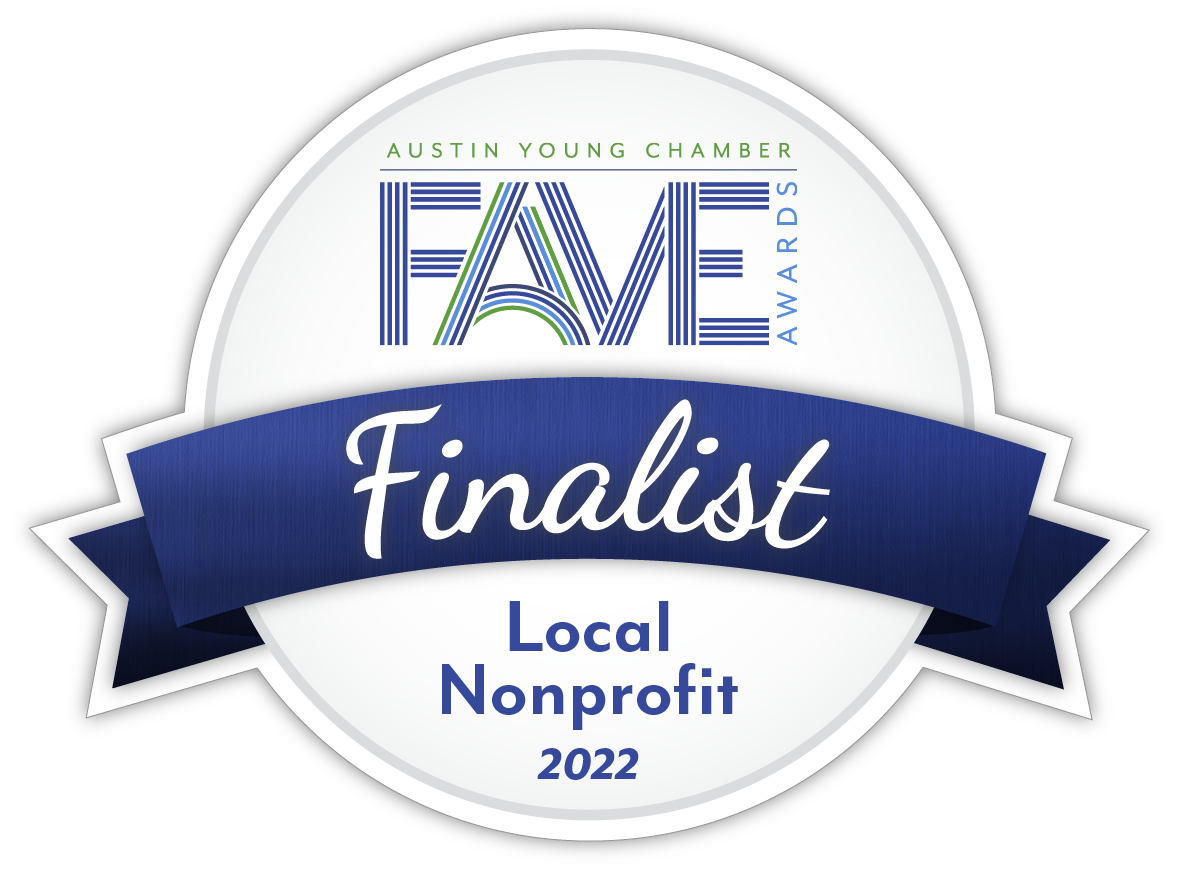 Signs of renewal at Bastrop State Park photo
Signs of renewal at Bastrop State Park photo
by Erin Green, Austin Community Newspapers Staff
Posted: 12:00 a.m. Thursday, Nov. 21, 2013
Read the full article and view photos at Statesman.com
Nobody can plant a tree like Mother Nature can.
But that doesn’t mean human beings can’t do their best to imitate her handiwork, which is why groups of professional tree-planters kicked off the second season of a plan to reforest Bastrop State Park Monday.
Carrying out an important part of the Lost Pines Recovery Campaign, the planters will be working throughout the winter to plant more than 1.5 million loblolly pine seedlings from native Lost Pines-region tree seeds that state forestry officials had stored, frozen, for years.
The Lost Pines Forest Recovery Campaign is a five-year, public-private partnership to raise money to replace millions of trees on land devastated by the Bastrop County Complex Fires, which broke out Sept. 4, 2011.
The numbers are now familiar — more than 1,600 homes were destroyed and as much as 95 percent of Bastrop State Park was burned, as well as surrounding private forest lands. According to Tom Harvey of the Texas Parks & Wildlife Department when the project was announced in September 2012, the project is expected to cost more than $4 million, or about $1 per seedling.
“It’s about bringing back the trees,” Harvey said of the campaign in 2012. “It’s a very natural and a very great partnership.”
But on Friday, the new 6-month-old pine seedlings — grown across Texas, Oklahoma and Louisiana and at the Lady Bird Johnson Wildflower Center — were delivered to Bastrop, where they will be stored in a refrigerated trailer until planting time, according to Texas A&M Forest Service Central Texas Operations Department chief Jim Rooni.
“We learned a lot last year,” Rooni said of the first year of the project, in which the professional tree-planters began planting about half a million trees on Dec. 1, noting this year the planters will be able to plant as many as 40,000 seedlings a day.
He noted while Mother Nature has helped the effort by dropping seeds naturally, the humans working on reforesting the park have been working hard, as well.
“We’re trying all different ways to plant trees,” Rooni said. “But nobody plants trees like Mother Nature.”
TreeFolks, a nonprofit organization, has also been hard at work again already and has already planted more than 1,200 pine seedlings in the park, but also for private landowners.
How does TreeFolks decide which landowners get reforestation services? By the applications, which the organization fills on a first-come, first-served basis, she said. Those who filled out applications already but who have not had trees planted yet due to limited numbers last winter will be receiving trees this year, she said.
The first-come, first-served service is also completely free, Blankenship said. TreeFolks is a nonprofit which operates on grants and donations.
For more information on TreeFolks or to download the application for reforestation services, log onto treefolks.org/reforestation, or call 512-443-LEAF (5323).

